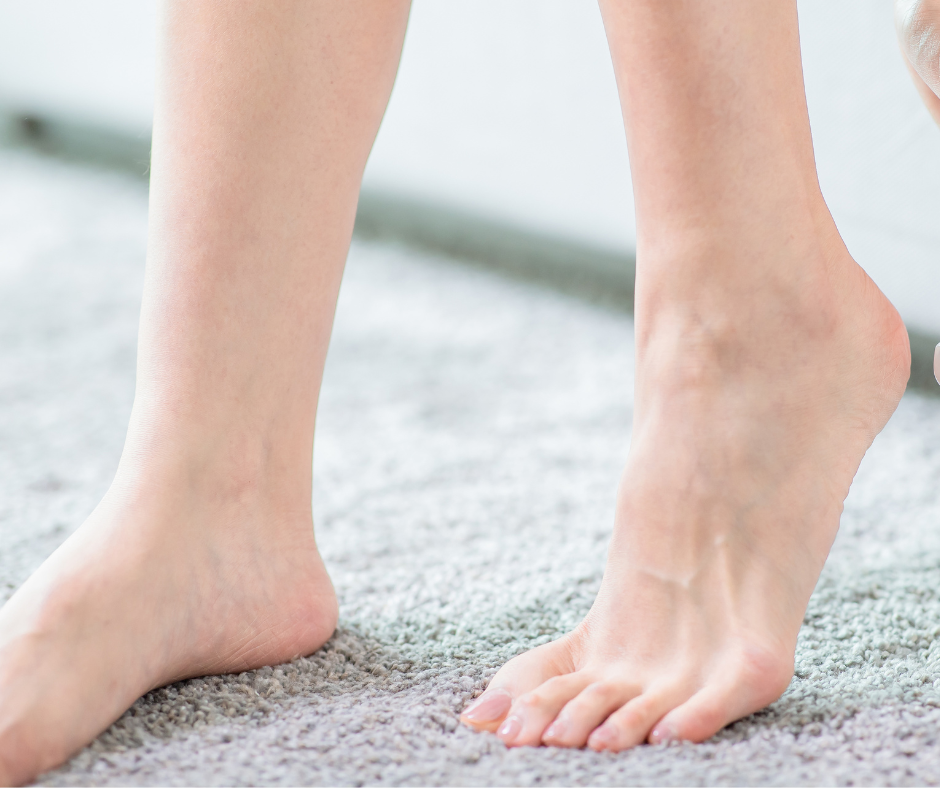High Arches and Their Impact on Your Feet

When you see a foot with a pronounced, high arch, you might assume it’s a sign of strength and stability. And in some ways, you’d be right. But a high-arched foot is a structural variation that comes with its own set of unique challenges. We at Clifton Foot & Ankle Center are used to treating this abnormality, so let’s dive into what causes it and the foot problems it could lead to.
What Are High Arches and What Causes Them?
A high arch is defined as one that is elevated off the ground while standing; the bones of the foot are essentially locked in a more rigid position.
But what causes this? Either structural or neurological problems. Many times, it’s simply a genetic trait you inherit from your family (structural). However, in some cases, a high arch can be a sign of an underlying neurological condition that causes muscle imbalances.
Conditions like Charcot-Marie-Tooth disease or cerebral palsy can affect the nerves and muscles that control foot movement, which causes the foot to pull up into a high arch. In these cases, the high arch isn’t just a foot type; it’s a symptom of a larger issue.
The Downsides of High Arches
The main issue with a high arch is its lack of flexibility. A normal foot flattens slightly with each step to absorb shock, but a rigid, high-arched foot can’t do this as effectively. This leads to a few common problems:
- Poor Shock Absorption: The foot acts like a rigid lever rather than a flexible spring. This transmits more impact force directly up the leg to the ankles, knees, and hips.
- Increased Pressure Points: All the weight and impact are concentrated on two main areas: the heel and the ball of the foot. This uneven pressure can lead to pain and discomfort.
- Ankle Instability: The rigid structure and tendency of a high arch to roll outward can make the ankle more prone to twisting and sprains.
Foot Conditions Caused by High Arches
The unique biomechanics of a high-arched foot can directly lead to several painful conditions:
- Metatarsalgia: The concentrated pressure on the ball of the foot can cause pain and inflammation in that area.
- Plantar Fasciitis: The lack of arch flexibility and the increased tension on the plantar fascia can lead to inflammation and sharp heel pain.
- Stress Fractures: Because the foot doesn’t absorb shock well, the bones are subjected to more impact, which increases the risk of tiny hairline cracks, especially in the metatarsal bones.
- Ankle Sprains: The tendency to roll the foot outward makes ankle sprains a common and recurring problem.
- Achilles Tendonitis: The increased tension and pressure on the heel can also affect the Achilles tendon.
If you think your high arches are causing you any of these problems, we recommend stopping by for a consultation.
For more foot care facts and advice, consult Dr. Kenneth R. Wilhelm at Clifton Foot & Ankle Center in Fairfax County, Virginia, about any podiatric concerns you’re facing. Set up an appointment today to find relief!






